I posted the following info last night, but someone may of thought that it was from a spammer and zapped it.
Two Models of Bürkert 6011 solenoids available with Buna-N Seals - Order Information
Two new Bürkert 6011 solenoids are available with Buna-N Seals instead of the stock Viton seals. Buna-N is better for CO2 duty than Viton. They are available in brass and stainless steel versions. These are custom made in Germany on a per order basis at this point in time.
Since these are a special order item, there is a 5 to 6 week lead time. This means that after you place your order, it will take 5 to 6 weeks before you get them. Ordering information is at the bottom of this post.
Bürkert technical support told me that these 6011 solenoids are designed such that being energized 24/7 is not a problem. This is good news for the people that are keeping their solenoids on for 6 to 14+ hours continuously during their lighting cycle.
These new part numbers are 00463938 for brass and 00463939 for SS. The prices are below which does not include shipping and any sales tax if appropriate.
material: BRASS: 00463938 = $45.40 Price: 5-6 weeks lead time
description: 2/2-WAY MINI-SOLENOID VALVE, DIR. ACTING
mat description: 6011-A02,0BBMSNM81-2-120/60-04 PD02
type: 6011
circuit function: A: 2/2-WAYS; NORMALLY CLOSED
orifice size: 02,0: 5/64
seal material: BB: NBR
body material: MS: BR
port connection: NM81: NPT1/8
coil size: 2: 0,79 INCH
voltage: 120V
frequency: 60Hz
power consumption: 4W
Var1: PD02: UR (UL-RECOGNIZED)/CSA-APPROVAL
technical data: PRESSURE
pressure min: 0
pressure max: 8
technical data: FLOW-RATE
KV: 0,110
material: STAINLESS STEEL: 00463939 = $81.50 Price: 5-6 week lead time
description: 2/2-WAY MINI-SOLENOID VALVE, DIR. ACTING
mat description: 6011-A02,0BBVANM81-2-120/60-04 PD02
type: 6011
circuit function: A: 2/2-WAYS; NORMALLY CLOSED
orifice size: 02,0: 5/64
seal material: BB: NBR
body material: VA: SS
port connection: NM81: NPT1/8
coil size: 2: 0,79 INCH
voltage: 120V
frequency: 60Hz
power consumption: 4W
Var1: PD02: UR (UL-RECOGNIZED)/CSA-APPROVAL
technical data: PRESSURE
pressure min: 0
pressure max: 8
technical data: FLOW-RATE
KV: 0,110
These solenoids come stock with a standard DIN connector that doesn't have a LED to indicate when they are energized. If you want a solenoid with the LED DIN, you will have to order both the solenoid and the LED DIN. If you don't want the LED DIN, just order the regulator by itself.
These are the prices for all three 2506 DIN 120V LED DIN's. The model 008 403 (w/o circuitry) is the one recommended for our use.
- $9.00 - 120V model 008 403 has a LED w/o circuitry with a max 3A circuit rating
- $13.20 - 120V model 008 355 has a LED, varistor and rectifier with a max 1A circuit rating
- $9.90 - 120V model 008 409 has a LED and varistor with a max 3A circuit rating
(A varistor is a type of surge protector and the rectifier changes the current from AC to DC.)
*** NOTE: Please place your orders through Jennifer Martin at Bürkert. She is their inside sales person. She can be reached at 704-504-4444. Orders can be faxed in to 949-223-3198 as well. She will send you an order form via email for you to fill out and then send it back to her. You may email her too: [email protected]
Left C




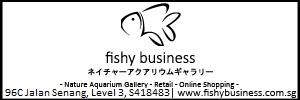



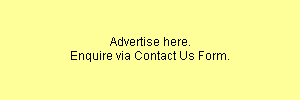
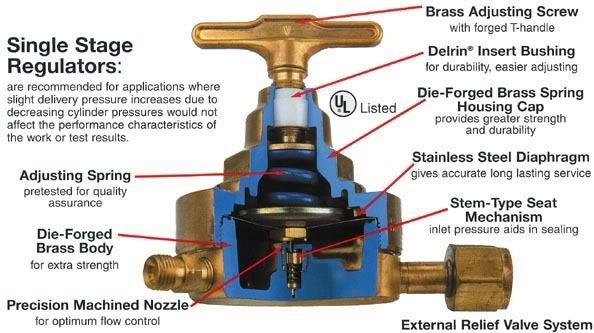
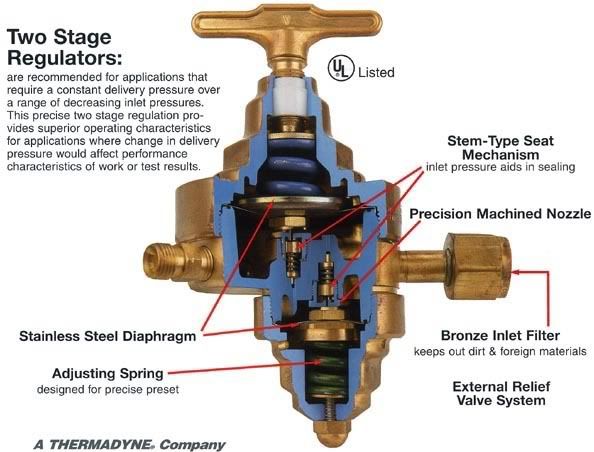

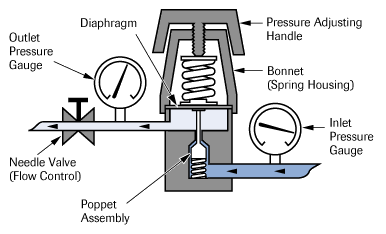


 Reply With Quote
Reply With Quote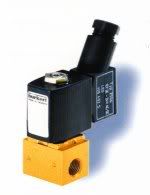



Bookmarks